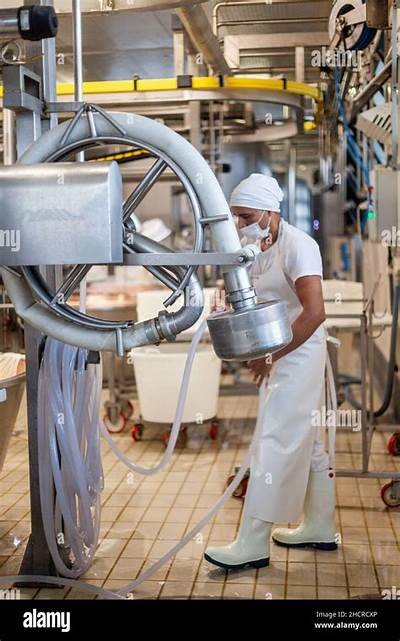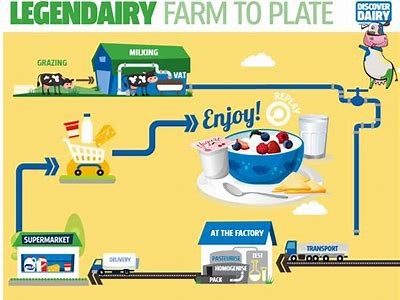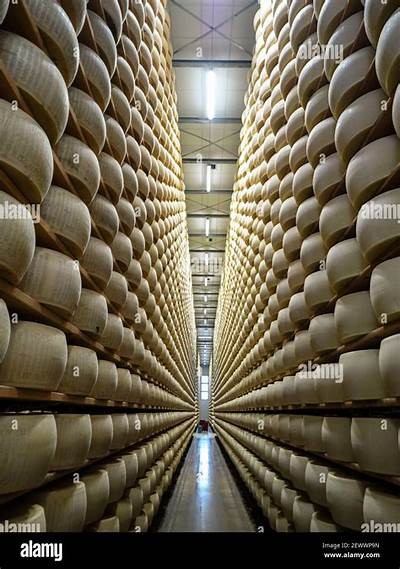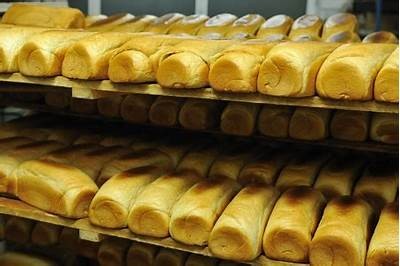Cheese is a beloved dairy product that has been enjoyed by people all around the world for centuries. From creamy brie to sharp cheddar, there is a type of cheese to suit every taste. But have you ever stopped to think about how cheese is actually made? The journey of cheese production is a fascinating and intricate process that involves a series of steps from dairy farms to your plate. The journey of cheese production begins on dairy farms, where cows, goats, or sheep are raised to produce milk. The quality of the milk is crucial in determining the final flavor and texture of the cheese, so dairy farmers take great care in ensuring that their animals are well-cared for and fed a nutritious diet. Once the milk is collected, it is transported to cheese-making facilities to begin the production process. At the cheese-making facility, the milk undergoes pasteurization to kill off any harmful bacteria that may be present. This process involves heating the milk to a specific temperature and then rapidly cooling it. Pasteurization helps to ensure the safety of the cheese and extends its shelf life. After pasteurization, the milk is then heated again and mixed with a starter culture and rennet, which are enzymes that help to coagulate the milk. The mixture is left to sit and form curds, which are the solid component of cheese. The whey, which is the liquid component, is drained off, leaving behind the curds. Once the curds have formed, they are cut into small pieces and pressed into molds to shape the cheese. The cheese is then left to age for a period of time, which can range from a few weeks to several years, depending on the type of cheese being produced. During the aging process, the cheese develops its flavor and texture as the enzymes and bacteria work their magic.
After the cheese has been aged to perfection, it is packaged and prepared for distribution to stores and restaurants. Cheese can be sold in a variety of forms, including blocks, slices, or grated. It is then shipped out to be enjoyed by consumers around the world.
In conclusion, the journey of cheese production is a complex and fascinating process that begins on dairy farms and ends on your plate. By understanding the steps involved in making cheese, you can gain a greater appreciation for this delicious and versatile food.
Exploring the Journey of Cheese Production: From Dairy Farms to Your Plate

1. Dairy Farms

2. Pasteurization

3. Coagulation

4. Pressing and Aging
5. Packaging and Distribution

